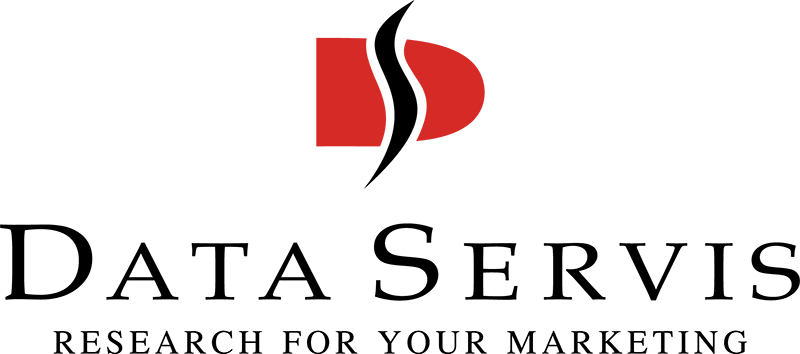How to do research with heart? And why it’s not just about Excel?
At Data Servis, we’ve been doing research for many years. But it’s never just work. For me personally – and I believe for the whole team – it’s something more. It’s about people. About their opinions, stories and emotions, which are often hidden behind a one-word answer in a questionnaire.
Listening, not just asking. When we design a survey, I always think: “What does the client really want to know?” And at the same time: “How will the person on the other side – the one who will answer – feel?” That’s why we pay attention to every question, the tone of communication, the method of collection. So that the survey is not only functional, but also human.
“Excel won’t tell you when the respondent has tears in his eyes. But that can be the most important moment of the entire survey.”
Every survey has its own story and sometimes it may seem like it’s just tables, graphs, outputs… But for me, every survey means something more. It’s a mosaic of real opinions, which when read correctly, reveals what’s not visible at first glance. And that’s what I enjoy most about surveys.
In the eyes of many people, surveys are something cold, systematic, scientific. But I often experience them as a very human discipline. Surveys with a heart mean: being attentive, being empathetic, knowing when to ask and when to keep quiet. It also means approaching data with respect. Behind every number is a person. And they have entrusted us with a piece of their story.
What does “doing surveys with a heart” mean to me?
- We are interested in the context, not just the answer.
- We believe in dialogue, not just data collection.
- We work with respect for each respondent and client.
- We don’t just look for the “what”, but mainly the “why”.
We do research for people – not for spreadsheets. And when it’s done well, it shows in every answer. Our clients don’t just get a management report from us. They get recommendations that are based on real understanding and context. Whether it’s customer satisfaction, campaign post-tests, brand testing or internal employee surveys – we want the outputs to really help improve something. Not to fit in a drawer. Because when data is approached in a human way, it starts to speak much more clearly.

